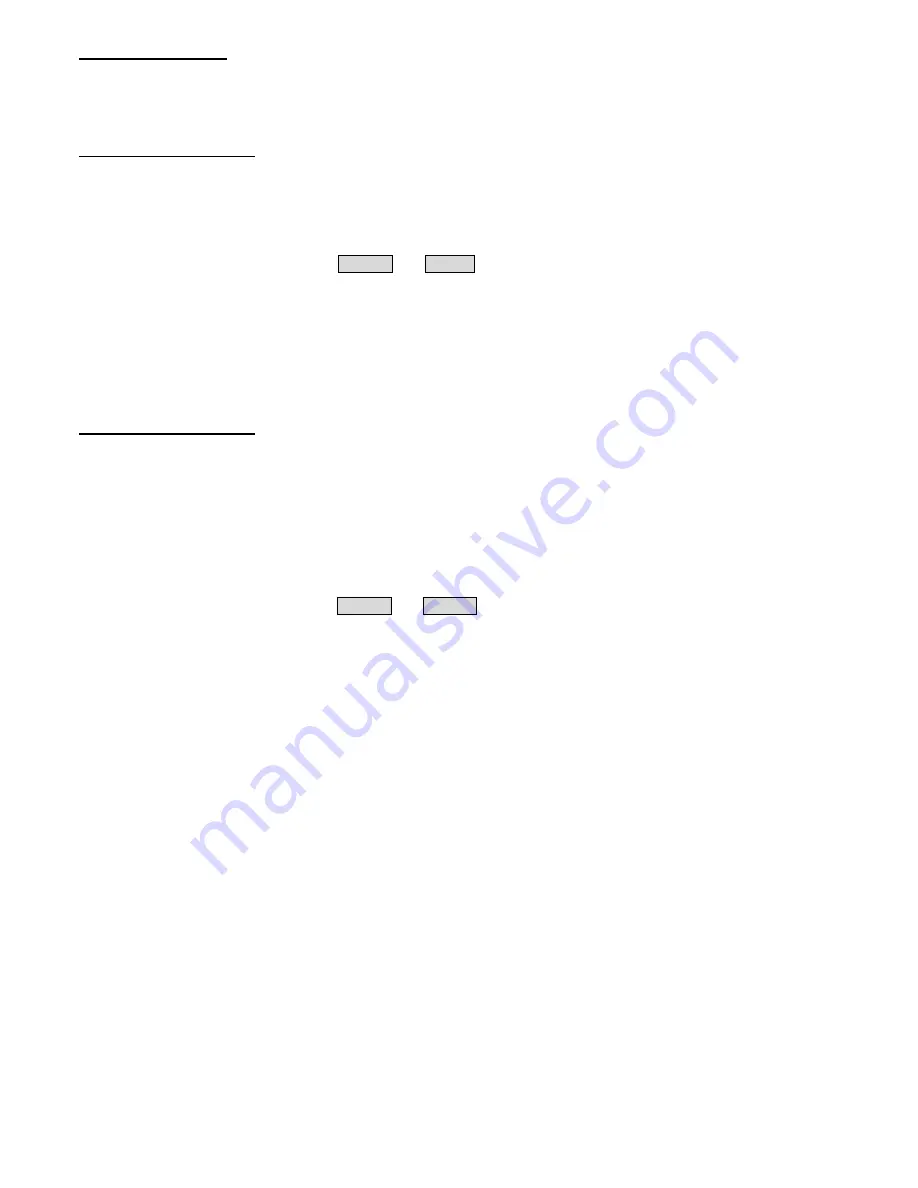
3.3. Output Inspection
Output inspection is to ensure that the instrument can achieve its rated outputs and properly respond to operation from
the front panel. For the procedures below, it is suggested that you read the passages
“4.1. Turn On/Off the Cahnnel
Output” and "4.2. Set the Output Voltage/Current".
Voltage Output Inspection
The following steps verify basic voltage functions without load:
(1)
When the instrument is under no load, power it on; make sure that the output current setting value of each
working mode is non-zero.
(2)
Turn on the channel output. The ON/OFF and Volt/CV key is lighted, which indicates the channel you opened is
in Constant Voltage output mode.
(3)
In each working mode, set some different voltage values; check if the actual voltage value displayed is close to
the set voltage value, and check if the actual current value displayed is nearly zero.
(4)
Check if the output voltage can be adjusted from zero to the maximum rating.
Current Output Inspection
The following steps check basic current functions with a short across the power supply's output:
(1)
Power on the instrument.
(2)
Connect a short across (+) and (-) output terminals with an insulated test lead. Use a wire size sufficient to handle
the maximum current.
(3)
Set the output voltage to the maximum rating.
(4)
Turn on the channel output. The ON/OFF and Curr/CC key is lighted, which indicates the channel you opened is
in Constant Current output mode.
(5)
In each working mode, set some different current values; check if the actual current value displayed is close to
the set current value, and check if the actual voltage value displayed is nearly zero.
(6)
Check if the output current can be adjusted from zero to the maximum rating.
Turn off the channel output and remove the short wire from the output terminals.
-38-






























